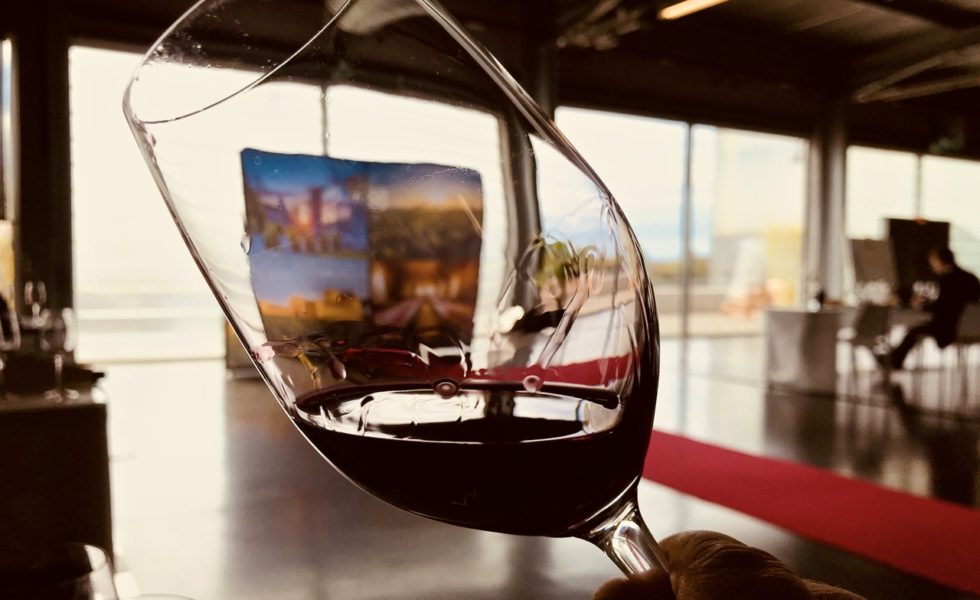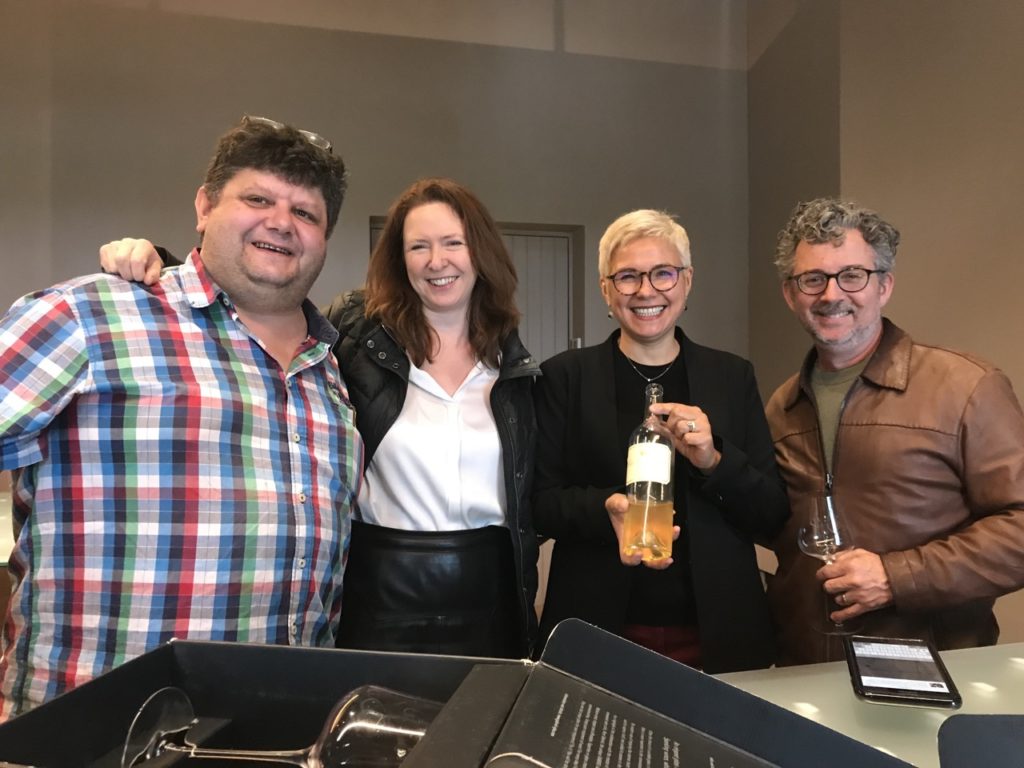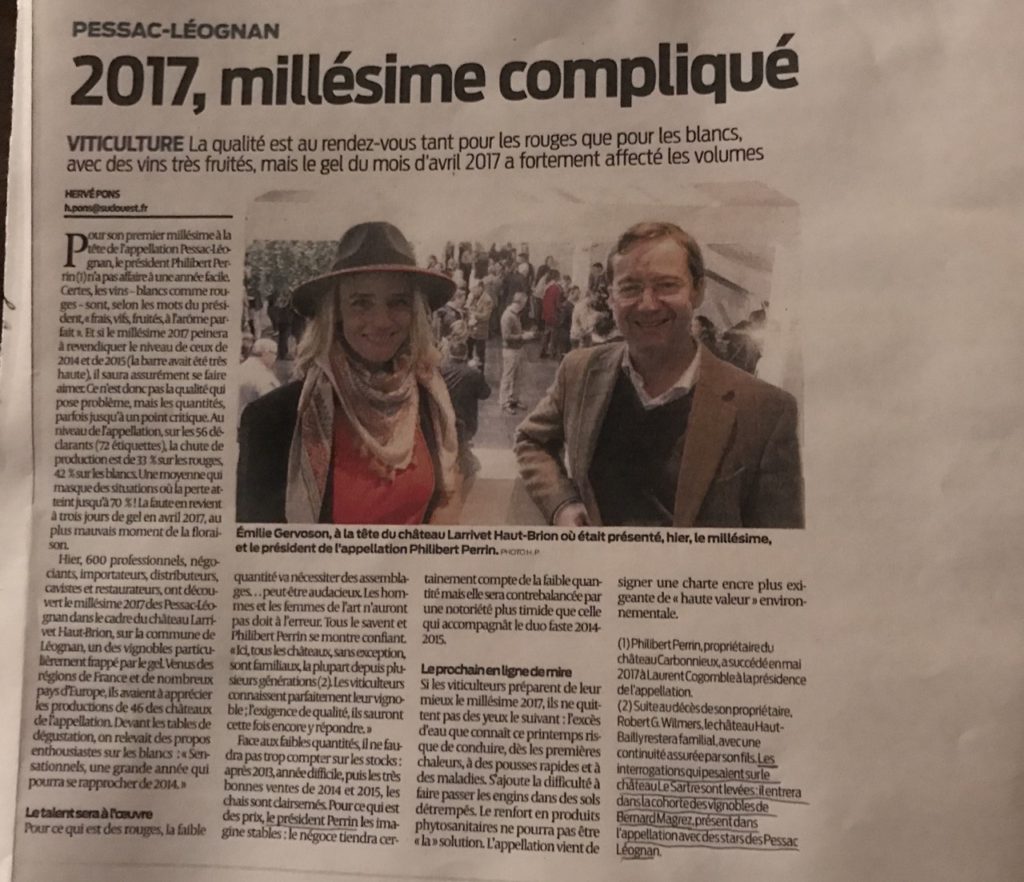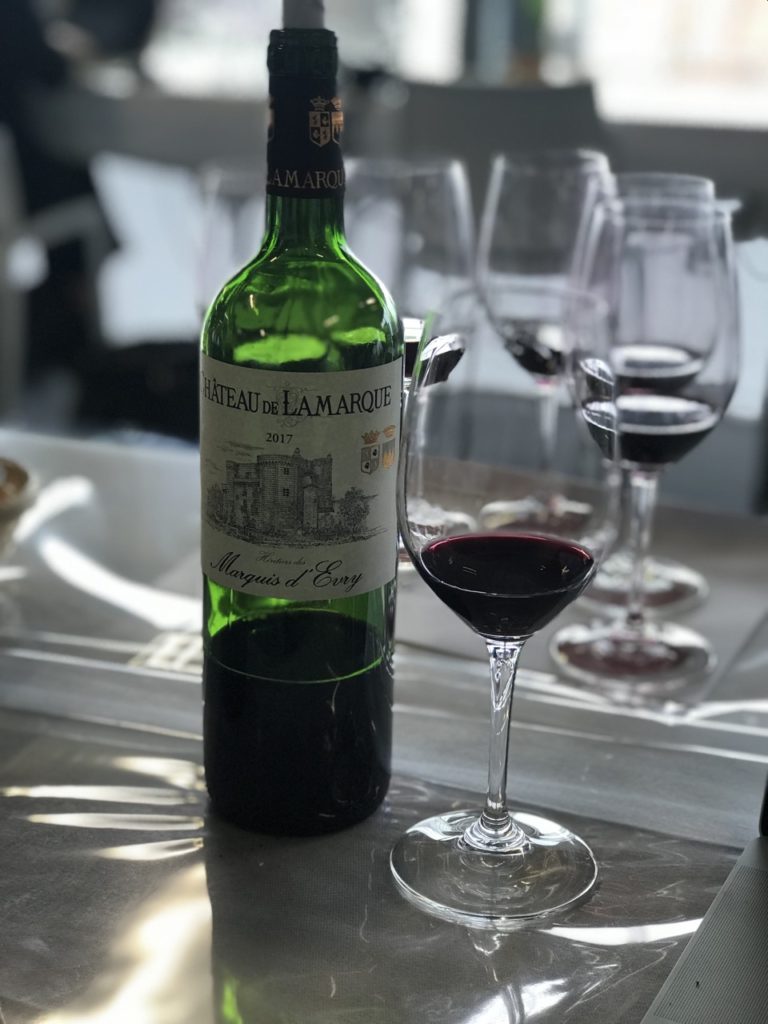Bordeaux 2017

Bye-bye big buzz, hello nuance
By Panos Kakaviatos for wine-chronicles.com
11 April 2018
It is mid week of the official en primeur week, when thousands of merchants and hacks like yours truly descend to Bordeaux to taste, swirl and spit hundreds of wines in a mad rush to get tasting notes and impressions published. But gone are the days when one palate dominated the news to create “big buzz” as we had seen in 2000, for example, when Robert Parker said it was the best thing since the invention of the wheel, or something along those lines.
Then came 2003, 2005, and – crescendo – 2009 and 2010. Big buzzing Bordeaux? Bye-bye.
The 2015 and 2016 vintages did not get the market frenzy comparable to those earlier vintages.
And yet, thousands of people are coming to taste 2017. Some estates report record numbers of visitors. And this for a vintage that is – for the most part – hardly big and buzzing, but rather fine and refreshing. And complicated.
And those two words are hardly euphemisms for a weak vintage. Indeed, it is a complicated vintage, as I wrote initially a few days ago. Having tasted through a few more appellations, with fellow wine writers, we are beginning to put the puzzle together, and it is a pretty puzzle. Some producers are weaker than others, some were hit by frost who managed that better than others, if they had wine to produce.
As far as appellations and areas go, some are weaker than others. One could say that the more inland wines of the Médoc, further away from the river, had a more difficult time dealing with frost in late April and the somewhat sunless July, so that grapes were more difficult to ripen optimally.
Furthermore, while many dry white Bordeaux are darn good, late harvest whites seem weaker.
When Yquem winemaking director Sandrine Garbay calls 2017 a challenge, you can expect that it will be so for the others. Yquem is certainly rich, with over 145 grams of residual sugar, but the challenge was to maintain matching acidity while obtaining the botrytis necessary to make it great. Many Sauternes in 2017 come across just a bit flabby and more “fruit juice” like, rather than dynamic and botrytis spice perfumed. Sure, some rise above the vintage character – and I will note them all in the coming days with tasting notes – but it was no easy vintage. But let us not pick on Sauternes, an appellation that needs love and care, because it is not always the easiest to sell. It is just an illustration that 2017 is not homogenous across appellations to be sure.

With Swiss wine blogger Yves Beck, author and Decanter Bordeaux correspondent Jane Anson, Yquem director Sandrine Garbay and photographer and wine blogger Miguel Lecuona.
As for the reds so far, one finds wines with sometimes hard, unappealing tannins, but also much elegance and refinement in other wines. And some estates offer that added dimension of depth, density and opulence that make them great wines in 2017. Several names come to mind of the top of my head, as I write this brief text at 1 am …
Haut Bailly in Pessac Leognan,
Vieux Château Certan and Conseillante in Pomerol,
Canon and Troplong Mondot in Saint Emilion,
Pichon Comtesse de Lalande in Pauillac
Beychevelle in Saint Julien … among others.
One special mention for Château de Lamarque. When tasted at Vintex, I really liked it. I was sitting next to friend and fellow taster Jane Anson, talking about it while we were tasting at the UGCB at Hangar 14 in Bordeaux and – lo and behold – they brought us a bottle to taste. And you know what? It is frigging delicious. This is a wine I intend to purchase for short to medium term drinking – and you should too.
I will get to the specific appellations and specific estates in more detail in the near future, with detailed tasting notes.
One thing seems certain, too: Qualitative differences vary from one château to the next, even in the same appellation. So for example you get a lovely ripe, plump and robust Château de Lamarque in Haut Médoc but a comparatively harder Château d’Agassac, also in Haut Médoc: both tasted earlier this week at Vintex negociant. The proximity to the river in this case does not explain things, as both are rather close to the river, although Lamarque is a bit closer.
2017 is great to discover, even if is not a great vintage: dans l’ensemble.
And maybe that’s why there is so much interest: there are so many pathways, nooks and crannies. Here you may find somewhat hard tannins; there you get a lovely wine. In another corner, a great wine.
It does seem however that for lower-priced Bordeaux, for, say, wines under the $25 per bottle mark, 2017 will not be a sure bet. This is not a case where a great vintage lifts all boats, but rather a challenging vintage where boats with top navigational equipment reach fine tasting harbors.
Indeed, challenging vintages bring out the best in estates with the means to live up to challenges, such as the frost of this vintage, or selecting the best grapes with rain in September.
But I do think that some areas in Bordeaux in 2017 – and some producers – have made successful wines that will not cost much. Take for example Château de Chantegrive Blanc: a very good white Graves in 2017 that should be priced in the $20 per bottle range. Or some reds from Fronsac which look promising indeed.
More good news for consumers: It seems that the grands vins – wines from well-known brands that can be pricey – are likely to lower prices from the more celebrated 2016 vintage. So it could well be a buyer’s market for top brands that may over perform in the context of the vintage – and I am not talking about the first growths necessarily or the priciest Right Bankers. So called second-tier, high end wines, or even “third tier” ranging in price from, say, $40 to $120 per bottle, should be very attractive buys in 2017.
It is too soon to call, as prices have not been released – and many of us hacks have not tasted all the wines yet. Or at least we have not had a chance to publish reflective tasting notes. So stay tuned!
In the meantime, here my interview with Laurent Ehrmann of Barrière Frères, one of the top 20 negociants in Bordeaux. He always has a keen sense for the Bordeaux wine market. The occasion was a small en primeur party for his clients in the city of Bordeaux. A special appearance at the end with Jean-Jacques Bonnie of Château Malartic Lagraviere (Pessac-Léognan) which – by the way – made successful wines, both red and white, in 2017: at least based on the barrel samples I tried earlier this week.
 Wine Chronicles
Wine Chronicles

Share This